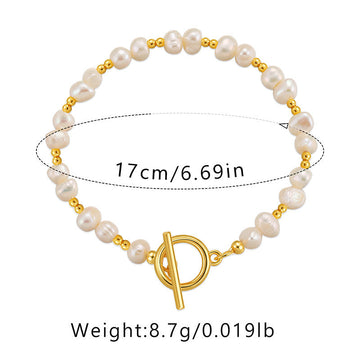The Natural Banding Formation in Agate Bracelets: A Geological Journey
Agate, a variety of chalcedony, is renowned for its captivating banding patterns, which make each bracelet unique. These intricate designs are not man-made but the result of complex geological processes spanning millions of years. Understanding how these patterns emerge requires delving into the stone’s formation environment, chemical interactions, and structural evolution.
1. The Role of Volcanic Activity in Initial Deposition
Agate begins its life in volcanic environments, where gas bubbles form within cooling lava. These hollow cavities, called vesicles, become the foundational spaces for agate growth. As the lava solidifies, groundwater rich in dissolved silica (SiO₂) seeps into these vesicles. Over time, the silica precipitates in thin layers along the cavity walls, creating the first hints of banding. This layering occurs due to fluctuations in water flow, temperature, or silica concentration, which influence how quickly each layer forms.
2. Chemical Impurities and Color Variations
The vibrant hues and contrasting bands in agate are not random; they stem from trace elements and impurities present during formation. For instance, iron oxides produce red or brown bands, while manganese creates black or purple streaks. These impurities are absorbed unevenly as the silica layers deposit, leading to distinct color zoning. Additionally, changes in the surrounding environment—such as shifts in pH or mineral content—can alter the chemical composition of subsequent layers, creating sharp transitions or gradual blends between colors.
3. Pressure and Time: Refining the Patterns
After the initial deposition, agate undergoes a slow transformation under immense pressure and heat. These conditions cause the silica layers to compact and crystallize, enhancing the contrast between bands. Over geological timescales, tectonic movements or sediment accumulation may further compress the stone, refining its patterns into the sharp, parallel lines often seen in bracelets. In some cases, later hydrothermal activity introduces new minerals, adding secondary layers or altering existing bands, which contributes to the stone’s complexity.
4. Erosion and Exposure: Unveiling the Hidden Beauty
While agate forms deep underground, erosion and weathering eventually expose these stones to the surface. As surrounding rock erodes, agate nodules are released, revealing their banded interiors through natural fracturing or human discovery. The final patterns visible in a bracelet depend on how the original stone was cut and polished. Artisans often slice agate perpendicular to its growth axis to highlight the concentric bands, while angled cuts may reveal wavy or irregular designs, showcasing the stone’s dynamic history.
The Interplay of Natural Forces
Every agate bracelet tells a story of Earth’s dynamic processes, from volcanic eruptions to slow crystallization under pressure. The interplay of chemical, thermal, and mechanical factors ensures no two stones are identical, making each piece a wearable fragment of geological art. Whether admired for their aesthetic appeal or scientific significance, agate’s bands serve as a testament to the planet’s ability to craft beauty through time and transformation.







